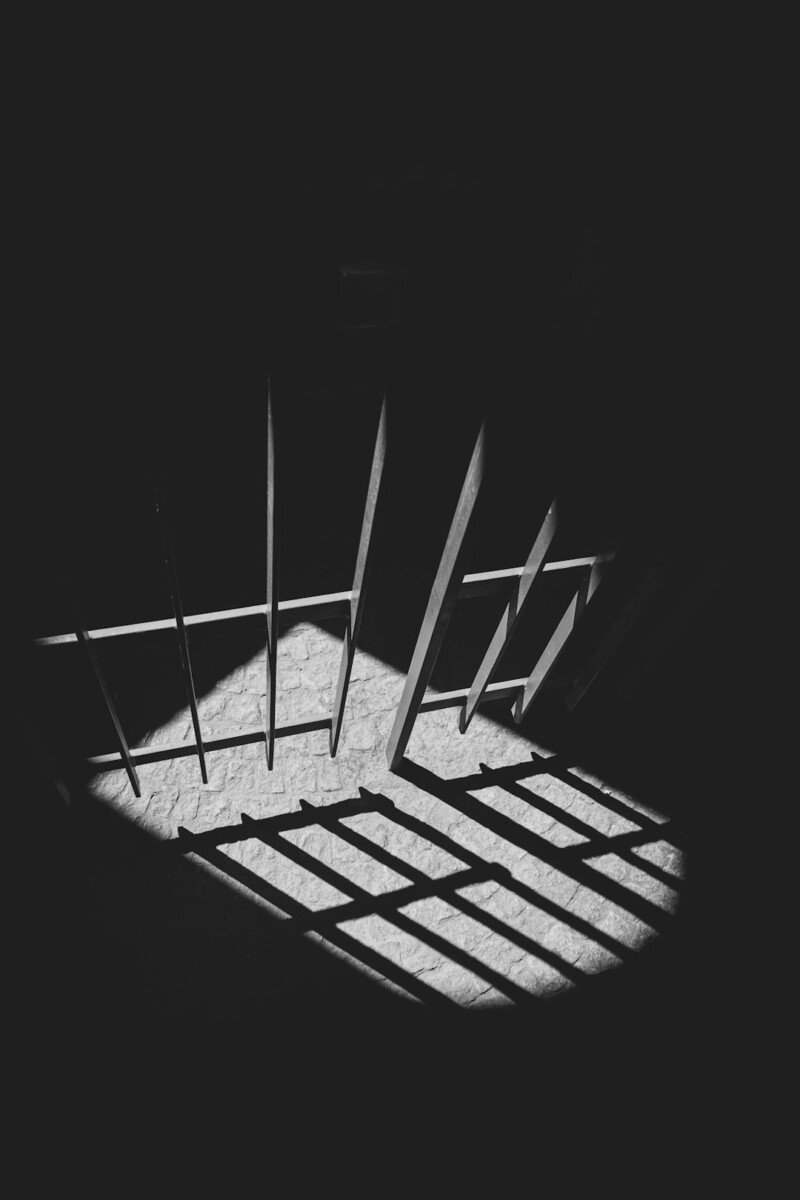When Storms Strike the Unbreakable Walls (Image Credits: Unsplash)
Missouri – Rain lashed against reinforced windows as thunder rolled through the night, turning ordinary confinement into a test of survival inside state facilities.
When Storms Strike the Unbreakable Walls
Imagine being locked in a concrete box while nature unleashes fury outside. That’s the stark reality for inmates in Missouri’s aging jails during hurricanes. These structures, built decades ago, often stand firm against wind but crumble under flooding and power failures.
One historic site, the old Missouri State Penitentiary, has felt the sting of severe weather before. A powerful tornado in 2019 ripped through its walls, halting tours and exposing vulnerabilities that echo in hurricane scenarios. Officials scramble, yet the core issue remains: how to protect those who can’t flee.
Storms like these don’t just damage buildings. They disrupt lives, leaving basic needs unmet for hours or days.
The Rush to Evacuate – Or Not
Not every hurricane prompts a full jail evacuation in Missouri. Decisions hinge on forecasts, facility location, and logistics. In low-lying areas near rivers, the risk skyrockets, but moving hundreds demands careful planning to avoid chaos.
During past events, some facilities hunkered down, relying on generators and stockpiles. Yet, when power grids fail, as they often do, backups strain under the load. Inmates report sweltering heat without air conditioning, a far cry from the outside world’s hurried escapes.
Critics argue for mandatory protocols, pointing to smoother operations in other states. Still, Missouri’s rural jails face unique hurdles, like limited transport in flooded roads.
Flooded Cells and Fading Lights
Water seeps in unexpectedly, turning dry floors into hazards. Reports from similar storms nationwide show sewage backups flooding cells, forcing inmates to wade through filth. In Missouri, where rivers swell during heavy rains, this threat looms large.
Without electricity, lights dim, and medical equipment falters. Diabetics miss insulin doses; the elderly shiver in the dark. One account from a storm-ravaged prison described days without clean water, highlighting how quickly comfort erodes.
Guards, too, endure the ordeal, often outnumbered and exhausted. Their stories reveal a shared vulnerability that blurs lines between keepers and kept.
Lessons from History’s Fiercest Blows
Missouri’s weather history offers grim reminders. While not in the hurricane belt like the Gulf Coast, tropical remnants pack a punch, bringing torrential rains and gusts. The 2019 tornado at Jefferson City’s penitentiary buried old cells under debris, a brutal nod to past brutality now compounded by climate shifts.
Broader U.S. examples, like Hurricane Katrina’s abandonment of New Orleans inmates, serve as warnings. Over 600 people left in rising waters without aid – a scenario Missouri officials study to refine their approach.
These events push for upgrades, yet funding lags. Inmates, voiceless in the storm, bear the brunt.
Voices from the Inside
Personal tales cut deepest. An inmate during a 2017 flood recounted officers yelling orders in the pitch black, her heart pounding as water rose ankle-deep. Such moments strip away illusions of safety behind bars.
Families wait in agony, news blackouts fueling fears. Social media buzzes with calls for accountability, echoing concerns from Florida’s recent hurricanes where thousands stayed put.
These stories humanize the statistics, urging empathy in a system often seen as cold.
Building Resilience for Tomorrow’s Storms
Missouri is adapting, slowly. New guidelines emphasize early assessments and partner drills with emergency teams. Investments in elevated structures and solar backups aim to bridge gaps.
Yet challenges persist. Budget constraints limit retrofits, especially in smaller counties. Experts advocate for policy changes, like prioritizing inmate evacuations in mandatory zones.
A simple checklist could transform outcomes:
- Stockpile non-perishable food and water for at least 72 hours.
- Test generators monthly, not just annually.
- Train staff on rapid relocation routes.
- Coordinate with local shelters for overflow.
- Monitor weather apps for real-time alerts.
- Document every decision for post-storm reviews.
| Storm Type | Common Jail Impact | Missouri Example |
|---|---|---|
| Tornado | Structural damage | 2019 Jefferson City hit |
| Hurricane Remnant | Flooding, power loss | River overflows in lowlands |
| Tropical Depression | Prolonged rain | Sewage backups reported |
Key Takeaways
- Hurricanes expose flaws in jail infrastructure, demanding urgent upgrades.
- Evacuation decisions save lives but require flawless execution.
- Listening to inmate and staff experiences drives real change.
In the end, no wall is truly unbreakable when nature calls the shots. Missouri’s jails must evolve to shield the vulnerable, turning potential tragedies into tales of preparedness. What steps do you think could make a difference? Share your thoughts in the comments.








